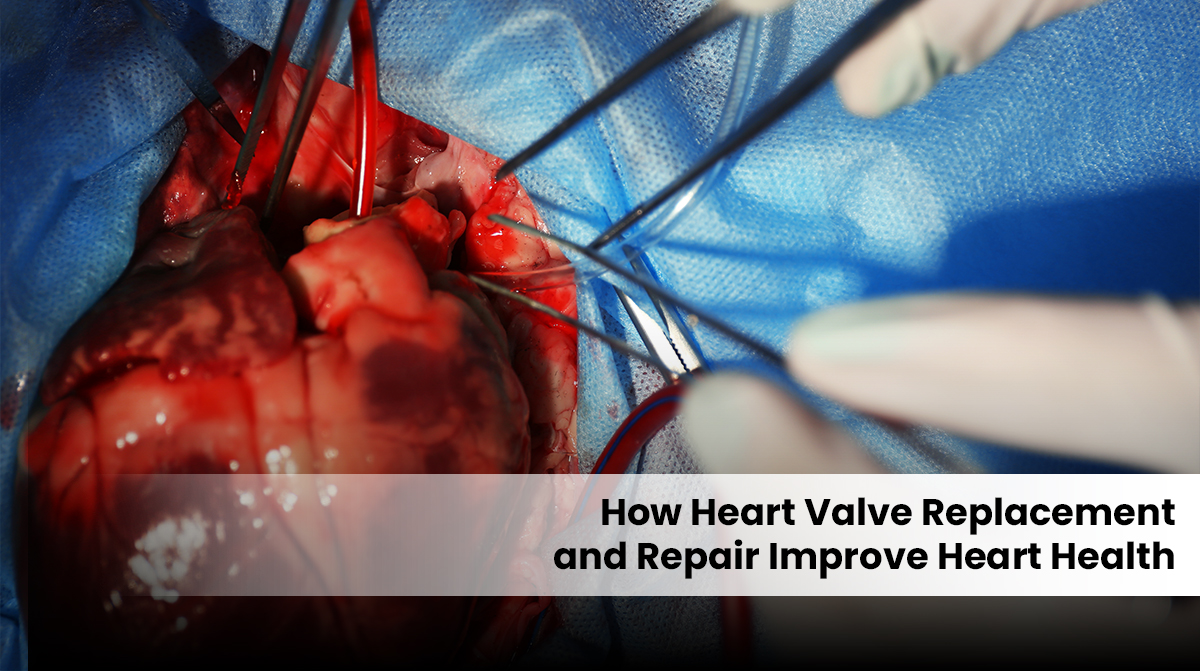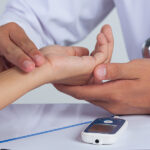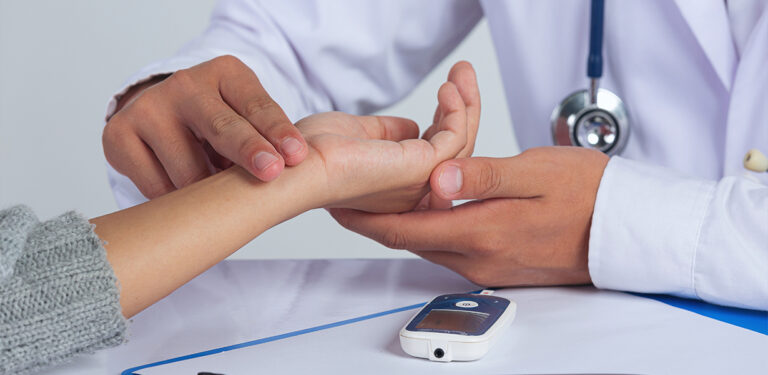
Millions of individuals worldwide suffer from heart valve issues, which can cause anything from little pain to potentially fatal consequences. Blood flow is disrupted when the heart’s valves malfunction, placing stress on this essential organ. Thankfully, heart valve replacement surgery and repair treatments provide efficient remedies in contemporary medicine. A patient’s overall heart health and quality of life can be significantly enhanced by these therapies. Eight main aspects of the advantages of these operations for patients with valve diseases are examined in this article.
1. Restoring Normal Blood Flow Patterns
By acting as one-way doors, heart valves make sure blood flows through the chambers of your heart in the right direction. The regular flow of blood is disrupted when these valves are injured or sick because they may not open completely (stenosis) or close correctly (regurgitation). By repairing or replacing the malfunctioning valve, these normal flow patterns are restored. Your heart may pump more effectively because of the instantaneous reduction in effort caused by this equalization of blood flow. Patients commonly report increased energy levels after treatment because proper blood circulation has restored oxygen flow throughout their bodies, thus supporting vital organs and tissues.
2. Preventing Heart Muscle Damage
Your heart has to work harder than it should when a heart valve malfunctions. Over time, this additional strain may cause cardiomyopathy, a disease in which the heart muscle enlarges and weakens. The damage is irreversible and may result in cardiac failure if treatment is not received. By treating the underlying source of the strain, valve replacement surgery or repair steps are needed to stop this risky process. The cardiac muscle may frequently regain its native size and strength by treating the valve issue early. According to medical research, people who have valve replacements done on time see notable improvements in cardiac function tests. One of the main advantages of valve manipulations may be the avoidance of long-term muscle injury.
3. Reducing Dangerous Complications
Catastrophic medical issues develop because of valve-related heart malfunctions. The pool of blood created from improper valve function increases the risk of brain clots that may trigger strokes. The function of leaky valves can cause breathing issues and lung congestion. Blood flow is restricted by severely constricted valves, which may result in chest discomfort or possibly abrupt cardiac death. These dangers are significantly decreased by replacing or repairing the valve since the underlying mechanical issues are resolved. Patients had decreased death rates and fewer hospitalizations for complications after successful valve surgeries. These treatments are actually life-saving measures for a large number of patients, particularly those with severe valve disease.
4. Improving Physical Stamina and Exercise Capacity
People with valve disease commonly develop symptoms of fatigue together with breathlessness as well as exercise tolerance reduction during disease progression. Physical activity becomes difficult because the heart fails to raise its output. After valve replacement or repair, these limitations often disappear dramatically. Many patients experience a return of their capability to walk up stairs, move longer distances and resume recreational activities they could not perform before. Healthcare professionals document substantial fitness capacity enhancements through standardized physical exercise assessment tools after surgical valve procedures. Better physical capabilities enable patients to increase their daily participation while maintaining their independence, which significantly supports their quality of life and satisfaction levels.
5. Alleviating Symptoms and Discomfort
As their condition worsens, people with valve disease frequently report exhaustion, dyspnea, and decreased tolerance to physical activity. The inability of the heart to efficiently increase output during physical exertion causes these symptoms. These restrictions frequently drastically vanish after valve replacement or repair. Many patients report being able to walk farther, climb stairs, or participate in leisure activities that were previously unattainable. After valve surgeries, objective measures utilizing established exercise tests usually demonstrate notable increases in exercise ability. The improvement of physical abilities permits patients to maintain autonomy while actively participating in everyday life, thereby enhancing their overall physical condition and quality of life.
6. Offering Durable Long-Term Solutions
Modern heart valve surgery and repair approaches now provide patients with exceptional long-term remedy solutions. The lifespan of biological valves reaches between 10 to 20 years yet mechanical valve replacements maintain their functionality indefinitely. Valve repair techniques executed properly lead to long-term successful results, which both preserve the patient’s original valve structure and manage to avoid valve replacement. Modern medical therapies offer patients a single major treatment that will provide long-term value because of their extended lifespans. The longevity of valve surgeries differs from numerous other medical operations since they do not require frequent repetitions. This durability aspect has a big impact on treatment choices and life planning, especially for younger patients.
7. Providing Options for Various Patient Needs
There is no one-size-fits-all approach to heart valve therapy. The discipline has developed to provide a wide range of solutions suited to the unique circumstances of each patient. Mechanical valves offer lifetime durability for younger individuals who are capable of handling blood thinners. For elderly individuals or those unable to take anticoagulants, tissue valves provide an alternative to blood thinners. Minimally invasive and transcatheter therapies serve as treatment choices for people who cannot undergo open surgery because of fragile health. The different approach types allow cardiac teams to select suitable decisions based on the patient’s age, medical condition, specific valve condition and personal treatment choices. Results for a variety of patient demographics are greatly enhanced by the capacity to tailor treatment strategies.
8. Advancing with Minimally Invasive Techniques
One of the biggest achievements in medicine is the development of valve operations. Although many patients still benefit from traditional open heart surgery, amazing less invasive procedures have been developed to complement it via procedures such as transcatheter aortic valve replacement (TAVR), a tiny catheter is introduced via a leg blood vessel to replace the valve. For qualified applicants, these methods lead to fewer problems, quicker recovery periods, and smaller incisions. Life-improving valve procedures are now available to patients who were previously deemed too high-risk for intervention. More patients benefit from valve surgeries with less physical stress and shorter hospital stays as these techniques continue to improve.
Conclusion
Procedures for heart valve surgery in Gurgaon or repair of heart valves are amazing medical advances that enhance patients’ lives and return the circulatory system to normal. These treatments provide potentially life-extending advantages in addition to symptom alleviation for patients with valve disease. Consult a doctor if you experience signs of heart valve problems including chest pain, shortness of breath along with unclear fatigue. Successful treatment of heart valve issues depends on discovering them in time and starting immediate medical intervention. The research in methods and technology offers new hope to patients suffering from dangerous cardiac disorders which frequently occur.


